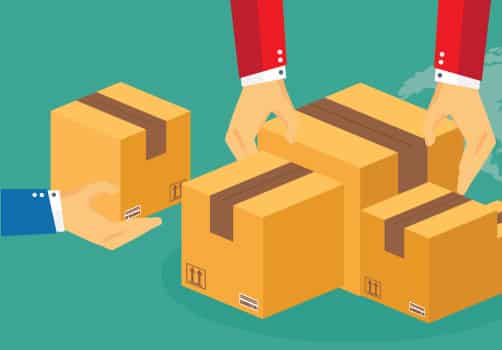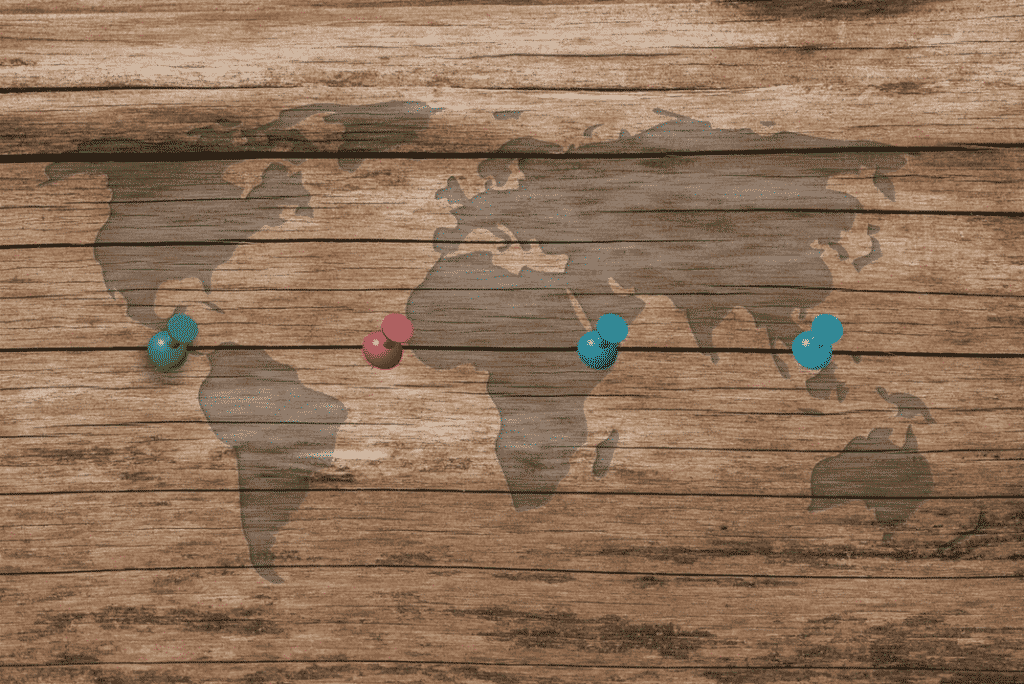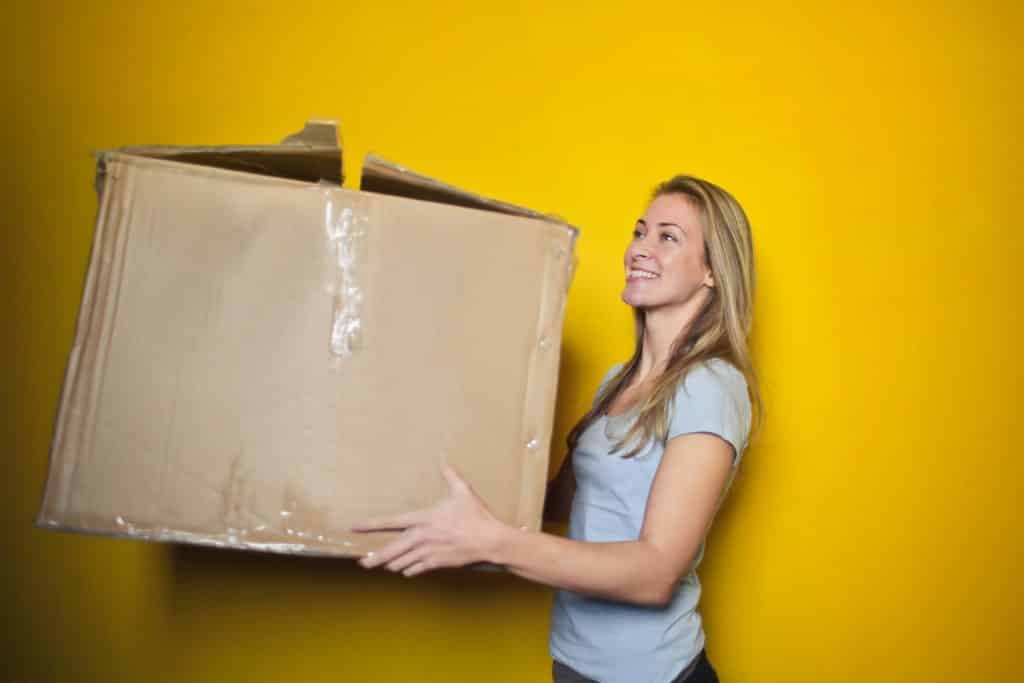Every Friday, we answer a common question about fulfillment, shipping, or business. This week’s question comes from one of the TV fans who entered our giveaway contest for a smartwatch. Today we will answer the following question: “why don’t packages go straight to their destination?”
Why Packages Don’t Ship in a Straight Line
Imagine this. You’re waiting for a package to arrive. Like many people, you pay close attention to the tracking information on your inbound shipment.
There’s one problem. The route to your house looks like this…

Naturally, you find yourself asking: “What on earth? Why don’t packages go straight to their destination?” Indeed, why would a postal carrier, with various stops all of the country, and for that matter, the world bother to ship a package in a way that doesn’t make obvious sense?
Different postal carriers have different methods of shipping packages long-distance, but they follow the same basic best practices. For example, FedEx and UPS use a “hub-and-spoke” system in which all packages are shipped to one of a handful of cities. Packages then bounce from hub to hub until it’s time for last-mile delivery. That’s part where it goes to your house.
The above method leads to somewhat zig-zaggy, but still mostly logical routes. Many people complain about USPS shipping and its tendency to ship to various different unrelated cities.
After a fair amount of research for this post, we haven’t found much hard evidence to suggest that the USPS is any worse about it than UPS or FedEx. Similarly, the USPS uses a similar system, though a more complex version. If anything, USPS routing may differ from UPS and FedEx routing simply because they give more weight to low costs than rapid delivery.
Is There Anything Anyone Can Do About It?
At this point in the post, we typically rattle off a list of tips for business owners. Failing that, we pass along practical advice to our readers.
In both cases, there is only one thing we can really say: if the package’s route matters to your or your business, go for priority or express shipping. It will ship faster and usually takes a more direct route.
The shipping routes determined by the major carriers – USPS, UPS, FedEx, DHL, and others – are based on a variety of factors that we simply cannot influence. For the most part, this isn’t even really an issue. We all receive packages within a few days and go about our normal day-to-day lives.
It’s odd situations like the one in this Gizmodo article – in which a package is sent from northern California to Florida to North Carolina then all the way back to Los Angeles – that make standard package routing procedures seem absurd. In common experience, though, packages will travel in a semi-straight line simply because that’s the most cost-efficient route.
Final Thoughts
It’s tough to wait around for a package that you’re anticipating. Tougher still to have this problem irritating your loyal customers. It’s only human nature to refreshing the tracking information page in search of an answer.
Sending packages is less a game of drawing straight lines than a game of connecting the dots. All the different postal carriers connect the dots differently. No wonder, then, that the occasional package takes the scenic route!





